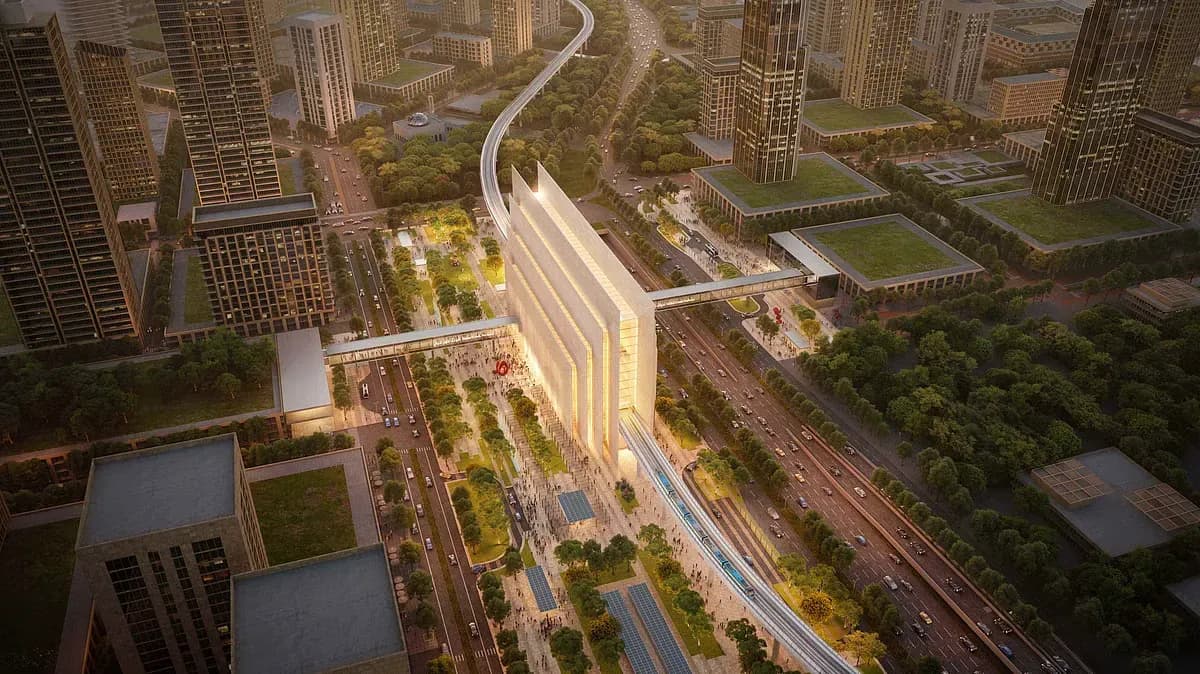Advanced Robotics and AI at Work
Due to the narrow alleys and tightly packed layout of the historic neighborhood, traditional machinery couldn’t be used. Instead, engineers deployed self-walking, low-clearance drilling robots that could navigate doorways and confined spaces. These robots laid the groundwork for the foundation below the historic buildings.
The project also employed advanced 3D modeling and point cloud scanning to precisely map out the buildings and avoid collisions or damage during the move. Additional earth-moving robots, equipped with folding arms and deep learning algorithms, efficiently distinguished between soil types and obstacles, making excavation faster and safer.
A conveyor belt and track system was also used to transport soil without interfering with the surrounding structures, simulating a smooth factory-style workflow.
Preserving the Past, Building the Future
Once completed, the Zhangyuan complex will merge historic preservation with modern urban design. Above ground, the original buildings will be restored, while below ground, residents and visitors will benefit from enhanced infrastructure and improved connectivity.
Shanghai’s bold and tech-forward approach to urban renewal serves as a model for how cities can preserve their cultural identity while expanding into the future.




